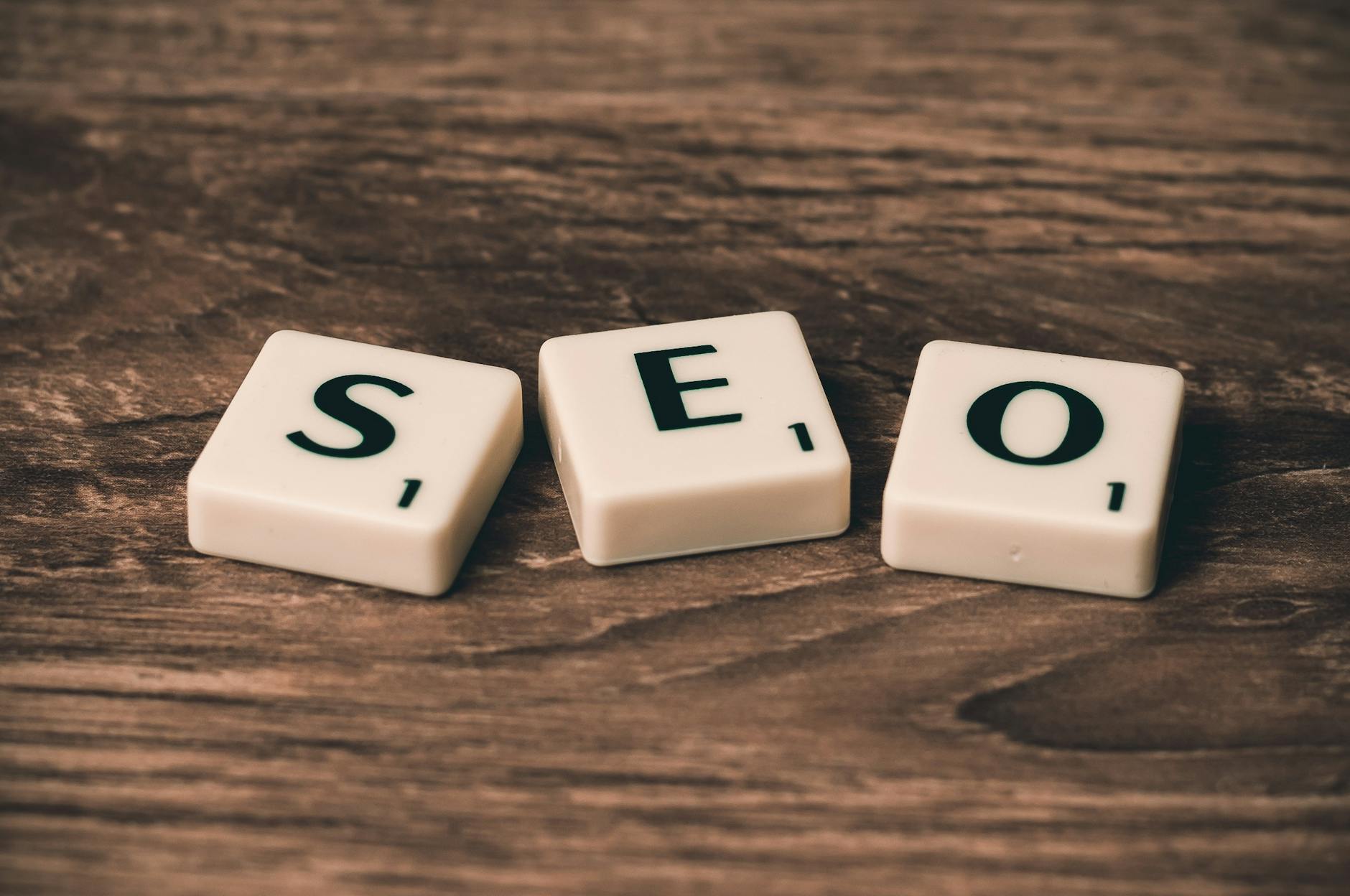*This article is an English translation of a Japanese article.
SEO (Search Engine Optimization) and web accessibility are key to making websites easily accessible to users. While SEO is aimed at improving website rankings in search engines, web accessibility ensures that all users, regardless of disabilities, can easily understand and use web content. This article explores how SEO and web accessibility work together to enhance usability and presents key practices in achieving these goals.
Key Points Where SEO and Web Accessibility Intersect
Although SEO and web accessibility serve different purposes, they share several common practices that improve site functionality and inclusiveness. Here are some of the main points:
-
Semantic Structuring of Text
Proper use of HTML tags helps both search engines and screen readers understand content more effectively. For instance, header tags (<h1>,<h2>, etc.) not only clarify content structure but are also vital for SEO. Using meaningful tags (like<nav>and<footer>) helps convey context to those with visual limitations and improves overall user experience. -
Alternative Text for Images (
altAttribute)
Settingalttext for images allows visually impaired users to understand the content through screen readers. From an SEO perspective,alttext helps search engines understand image content, so including relevant keywords can be beneficial. -
Responsive Design
A responsive design that provides optimal viewing on mobile devices and tablets is not only a ranking factor for SEO but also ensures accessibility for users across different devices. For users with visual or motor impairments, layouts that adapt to screen size are crucial for easy navigation.
Practical Measures for SEO and Accessibility
SEO and accessibility have complementary effects, and several measures are effective for both. Below are some examples:
-
Page Titles and Meta Descriptions
Page titles and meta descriptions enhance search visibility and help screen readers summarize page content. Clear, concise titles and descriptions improve both SEO performance and accessibility. -
Optimizing Link Text
Avoid vague expressions like “click here.” Instead, use descriptive link text to clarify the link’s destination. This approach aids search engines in understanding link content and also improves accessibility. -
Subtitles and Transcripts for Video and Audio
Subtitles for videos and transcripts for audio are essential for accessibility, allowing users with hearing impairments to access content. Text descriptions also help search engines index multimedia content, thus enhancing SEO.
SEO Benefits of Improved Accessibility
Improving accessibility provides significant SEO advantages. Enhancing page load speeds, optimizing images and videos, and simplifying navigation structures all contribute to better user experience and search engine rankings. A straightforward, intuitive site design reduces bounce rates, increases time spent on the site, and ultimately improves SEO metrics.
Content creation with accessibility in mind is also increasingly valuable as voice search grows in popularity. Sites that cater to users with visual or auditory disabilities are generally more user-friendly, yielding long-term SEO benefits.
The Social Impact of Web Accessibility
Enhanced web accessibility is more than just an SEO tactic. Accessible websites provide equal access to information and services for people with disabilities, seniors, and users with environmental constraints, contributing to a more inclusive society. Additionally, companies that prioritize accessibility are viewed positively, enhancing brand reputation and social responsibility.
SEO and web accessibility are not merely technical strategies but are essential for delivering valuable information to a broad audience. In web development, optimizing sites for all users to navigate with ease is crucial. Let’s aim for inclusive web content by integrating SEO and accessibility practices to ensure an optimal experience for everyone.
We have released the UUU Web Accessibility Widget Tool, designed to make web accessibility easy to implement. This tool helps improve the accessibility of websites quickly and efficiently, even without specialized knowledge.
If you’re interested in enhancing your website’s accessibility, please check out the details. We are here to support you in making your website more user-friendly and accessible to a wider audience.
